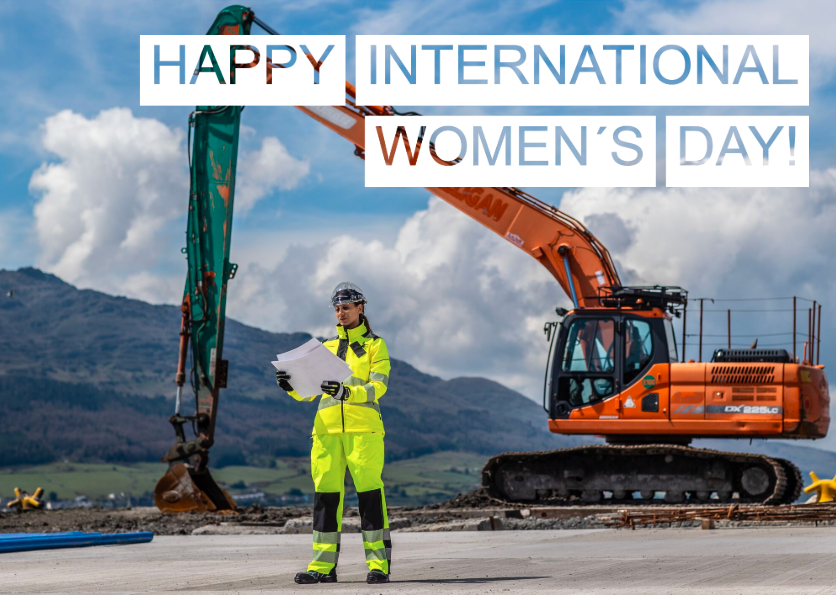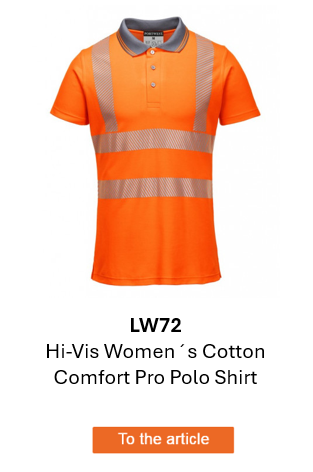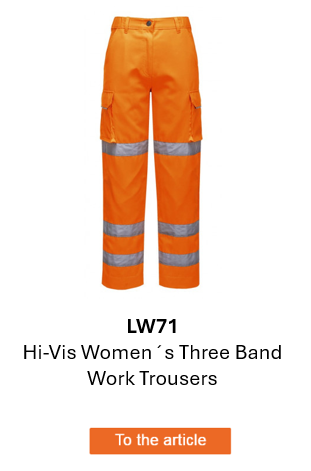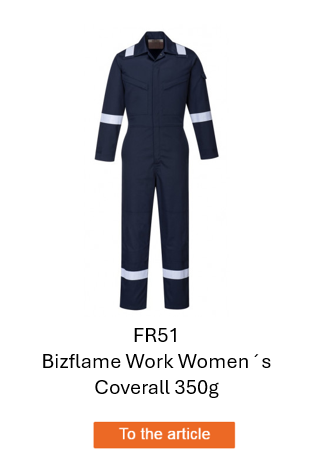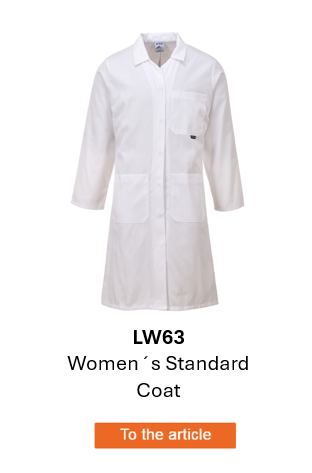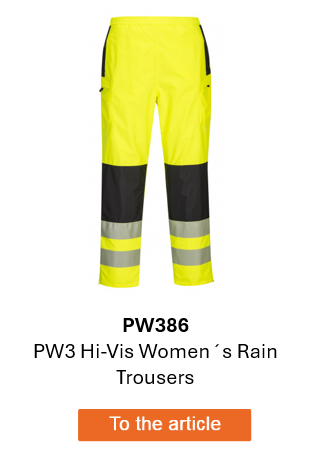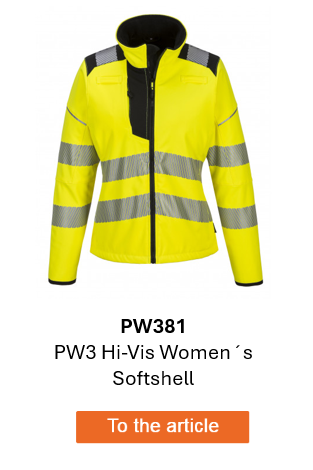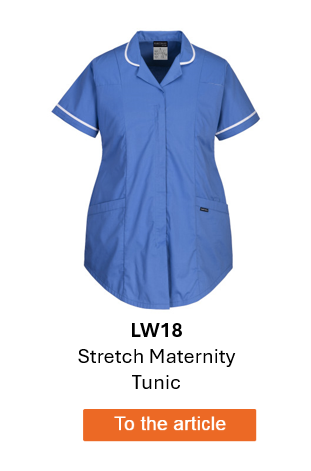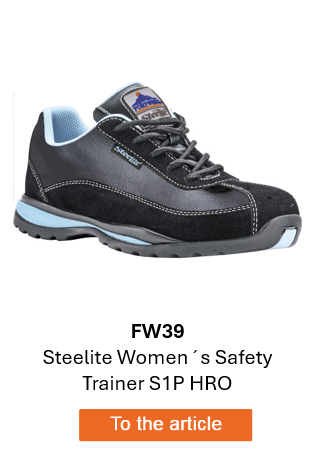Workwear is an indispensable part of everyday work in many professions. But for a long time it was mainly developed for men, which meant that women either had to wear unsuitable, loose-fitting work outfits or were severely limited in their choice. Today, however, the picture has changed, and more and more companies and brands are focusing on workwear that is specifically tailored to the needs of women.
1. Fit and cut
The most important difference between workwear for men and women is the cut. While men's clothing is often straight, wide and longer, women's workwear has a narrower cut that hugs the shape of the body. This includes not only an adjusted waist, but also taking the hips, thighs and chest area into account so that the clothing fits comfortably and does not constrict. A good fit not only ensures more comfort, but also improves freedom of movement - important for physical activities.
2. Functionality and practical details
As with workwear for men, women's fashion must also be functional. This means that the clothing should have enough pockets and practical details. The integration of flexible materials and adjustable elements (such as belts or cuffs) enables better adaptation to individual needs. In addition, materials should be chosen that are both durable and breathable - particularly important in work areas that require physical exertion.
3. Variety for every industry
The requirements for work clothing also vary depending on the job profile. In the construction or trades industry, robust, durable clothing is required, while in nursing professions or in retail, comfort and freedom of movement are the main focus. The variety of specialized work clothing for women is constantly growing, so that tailor-made solutions are offered for almost every professional field.
The future of workwear for women is versatile, comfortable and above all: tailored to their needs.














